Remote work environments and rising rent prices have made suburban living more attractive in recent years. Young professionals are opting for larger homes with more rooms that double as office spaces, which come at a significant discount in the suburbs. Others are moving to look for a slower pace or better access to outdoor space. For many, suburban apartments offer a balance of space, affordability, and style.
Suburban apartments also differ depending on where you live. If you’re looking for an apartment in a suburb of Seattle, WA, you’ll find forested, quieter neighborhoods with homes next to apartment buildings. However, if you’re looking for a walk-up apartment outside New York City, NY, you’ll find a faster-paced environment. Inevitably, there are important trade-offs to take into account before you decide. Below is a complete guide on suburban apartments to help you determine if renting in the ‘burbs is for you.
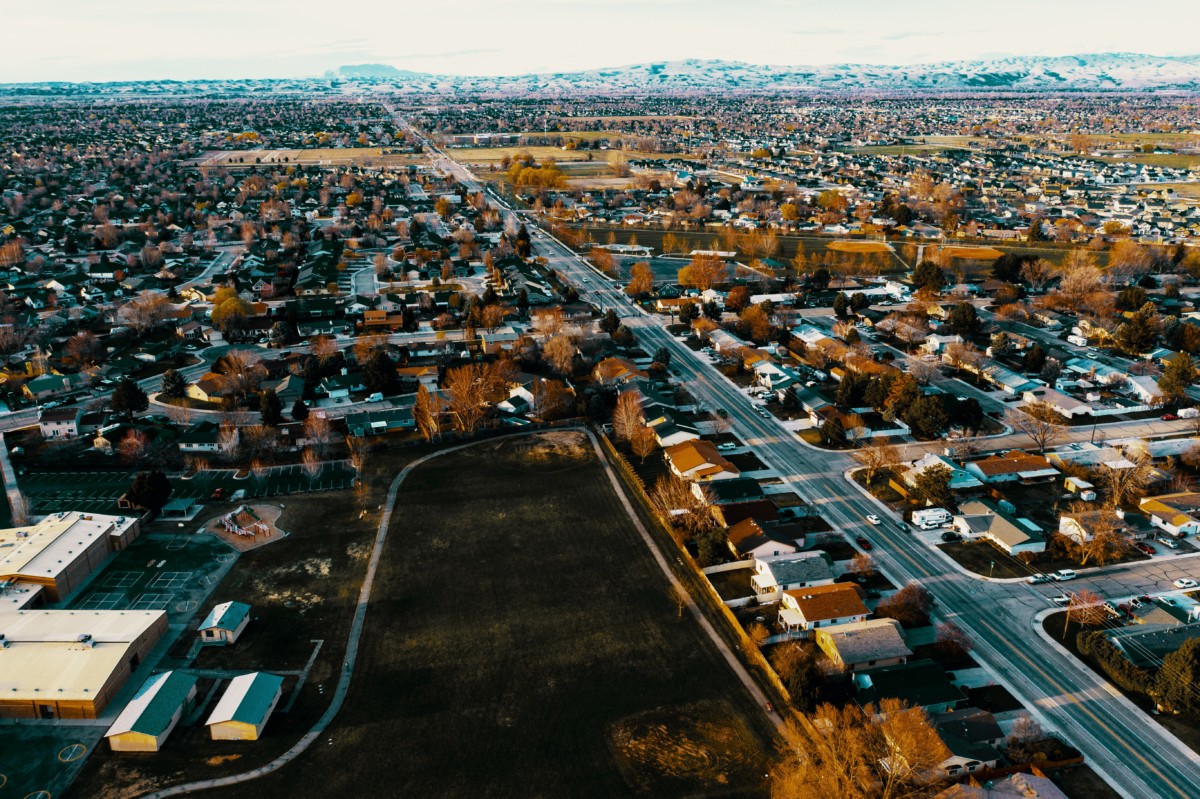
What is a suburb?
A suburban area, commonly called a “suburb” or “the ‘burbs,” is a moderately densely-populated area surrounding an urban city but still part of the region’s metropolitan area. It’s typically connected to the city center by commuting routes such as trains and expressways. The economies of suburban areas are dependent upon and part of the metro area’s economy. Tina Gomez, the Creative Designer at Stellar Design Interiors, notes that suburban apartments have many perks.” They’re spacious,” she says, “which is great if you have a family.”
Most metro areas have inner and outer suburbs, as well as exurban areas. Let’s dive into what these terms mean.
- Inner suburbs: Sometimes called the “inner ring,” inner suburbs are communities with larger populations very close to urban centers. They were erected in the pre-WWII era and are considered first-generation suburbia. They typically have smaller square footage and lot sizes compared to outer suburban homes but are larger than modern city apartments. Many were built without garages and may or may not have onsite parking.
- Outer suburbs: Named the “outer ring,” these are newer communities with large populations somewhat further out from the urban center. They were generally built in the post-WWII era and have continued to grow. Outer suburban homes have larger yards and garages, and city planning revolves around cars. “Suburban apartments tend to look more like townhomes than city apartments,” says Leni Calas from Ward 5 Design. “They are often situated in shorter, widespread developments that look like row houses, rather than stacked on top of one another.”
- Exurban: These towns are usually located outside or at the edges of the outer suburbs. They are economically connected to their nearby city and suburbs, but are less densely populated and may be in rural settings.
What is the difference between urban and suburban?
These are the differences that stand out most between urban and suburban settings.
- Scale: The size of your living area both inside (your home) and outside (your community). The scale includes the size of buildings, parks, stores, streets, and sidewalks.
- Density: This includes the number of people per square mile but has broader implications for building density and traffic congestion.
- Amenities: These are the desirable features of an area. Some amenities are more plentiful or accessible in different regions.
- Access: This describes the planning and infrastructure choices that determine how easy it is for you to live depending on your physical ability or socioeconomic power.
- Employment: These are the types of jobs available in the area.
Each metropolitan area has quirks and unique history that influences the differences between the city and surrounding areas. Some areas have fewer differences in cost but more differences in amenities, for example. In general, “suburban areas offer spacious living space with more amenities, all at a lower cost,” says Gustavo A. Fernandez, P.A. from Gustavo A. Fernandez Law.
Pro tip: cost influences the rise in suburban living
With the soaring costs of homeownership, condos and townhomes are becoming more popular. Life is becoming more condensed in cities, while suburban apartments dominate the outskirts. – Joy Aumann from Luxury SoCal Realty

Urban
An urban area is a region directly surrounding a city. Urban areas range in size across the United States. Though any area over 25,000 people qualifies as an urban area, Americans usually associate them with major metropolitan centers – technically called a Metropolitan Statistical Area (MSA).
There are nearly 400 MSAs in the US, of which New York, Los Angeles, and Chicago are the largest. But smaller urban areas are rising in popularity, especially in Boise, ID, Austin, TX, and Raleigh, NC. Here’s how cities can differ from suburbs.
- Scale: Urban areas have bigger buildings, but the size of parks, supermarkets, and streets are typically smaller than those in suburban areas.
- Density: Generally, cities are more densely populated, buildings are closer together, and traffic is heavier.
- Amenities: Cities offer various cultural, recreational, and lifestyle amenities. However, most amenities are more expensive.
- Access: Cities tend to offer easy access to people of all abilities and usually provide better planning for pedestrians. Pedestrian signals, crosswalks, and public transportation are plentiful, and bicycling infrastructure is also more common.
- Employment: People in the cities work in many fields and sectors but are often not agricultural workers. Wages tend to be higher to reflect the higher cost of living.
Suburban
Suburban areas often offer larger lot sizes, wider streets, and clustered shopping centers spanning larger land areas. Instead of stacking vertically, suburbs often spread horizontally. Millie Naor, Founder of Bella Organizers, notes that suburban areas generally provide more space for less money: “One of the main reasons people are moving from the city to more suburban areas is because they often get more for their money, especially how much rent prices have risen.”
Larger, more vertical spaces means more views of the sky but longer distances between you and your nearest grocery store.
- Scale: Suburban architecture varies greatly but is primarily wide and low. Instead of high-rises, suburban apartment complexes are typically mid-rise buildings with only two or three stories.
- Density: Suburbs are noticeably less dense than cities, with less traffic and fewer people. Outer suburbs are less dense than inner ones.
- Amenities: There are fewer options, but you’ll still have a range of amenities nearby. Groceries, gas prices, childcare, and others are usually cheaper than their urban counterparts. Community-oriented amenities like swimming pools, golf clubs, and malls are also more common.
- Access: Suburbs were created with motor vehicles in mind. “Cars are simply part of living in the suburbs,” says Marissa Whitley Tago, Founder and Principal Interior Designer of The Whitley Co. Interiors, a diverse full-service design studio creating dynamic spaces reflective of their clients’ lives. “Unless you Uber or have a personal chauffeur, you generally need to own a car, especially for daily commutes.”
- Employment: People living in the suburbs often have access to many work opportunities in the city center, but they will need to spend more time commuting unless they can work from home.
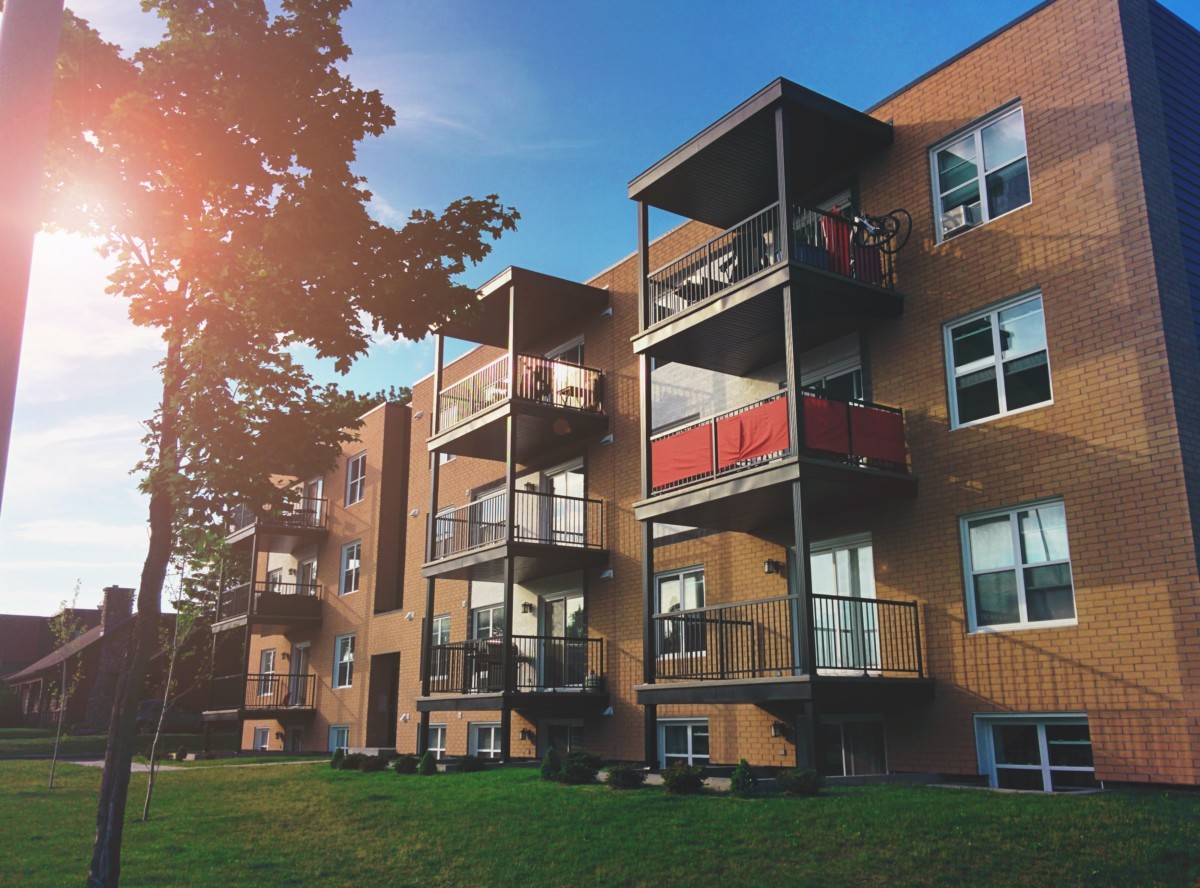
What are suburban apartments?
Suburban apartments are apartments in a suburban area. They tend to offer a lower average rent for increased square footage and more amenities than urban apartments. “Unlike their city counterparts, suburban apartments often offer additional living space or more rooms for an affordable price,” says Tony Ray Baker, a Tucson, AZ, REALTOR® since 1994. “Many of these apartments include a communal yard, gym, park, and pool, which are hard to find in city apartments.”
Apartment complexes are “typically newer builds,” says Lisa Porter, Design Consultant at Moe’s Home Collection, “as space has become so limited for further development in most cities.”
These buildings generally have four or fewer stories and are connected by sidewalks and parking lots. Suburban apartments can also be a unit in a smaller building, such as a two- or three-unit building. Single units in existing homes are much less common than in cities.
Why is demand for suburban apartments rising?
As more people can work from home, many choose to move out of the city to live in nearby affordable, spacious suburbs. Ariel Richardson, Founder of ASR Design Studio, believes they’re becoming more popular “as people reconsider what’s important in their lives.”
Affordability plays a significant role in many people’s decision-making. “Suburban apartments are increasingly popular largely due to the combination of affordability and separation from the city,” says Danny Evatt, Co-Founder and real estate broker with Texas Real Estate Source. “People want to shift to a more relaxed and peaceful environment away from the city but can’t yet afford a single-family home.”
More space is also essential to many renters, notes Rupi Azrot, Team Leader at Offercity. “Suburban neighborhoods offer lower rent, great amenities, and plenty of space between homes,” he says, “compared to big cities, which are congested and noisy.”
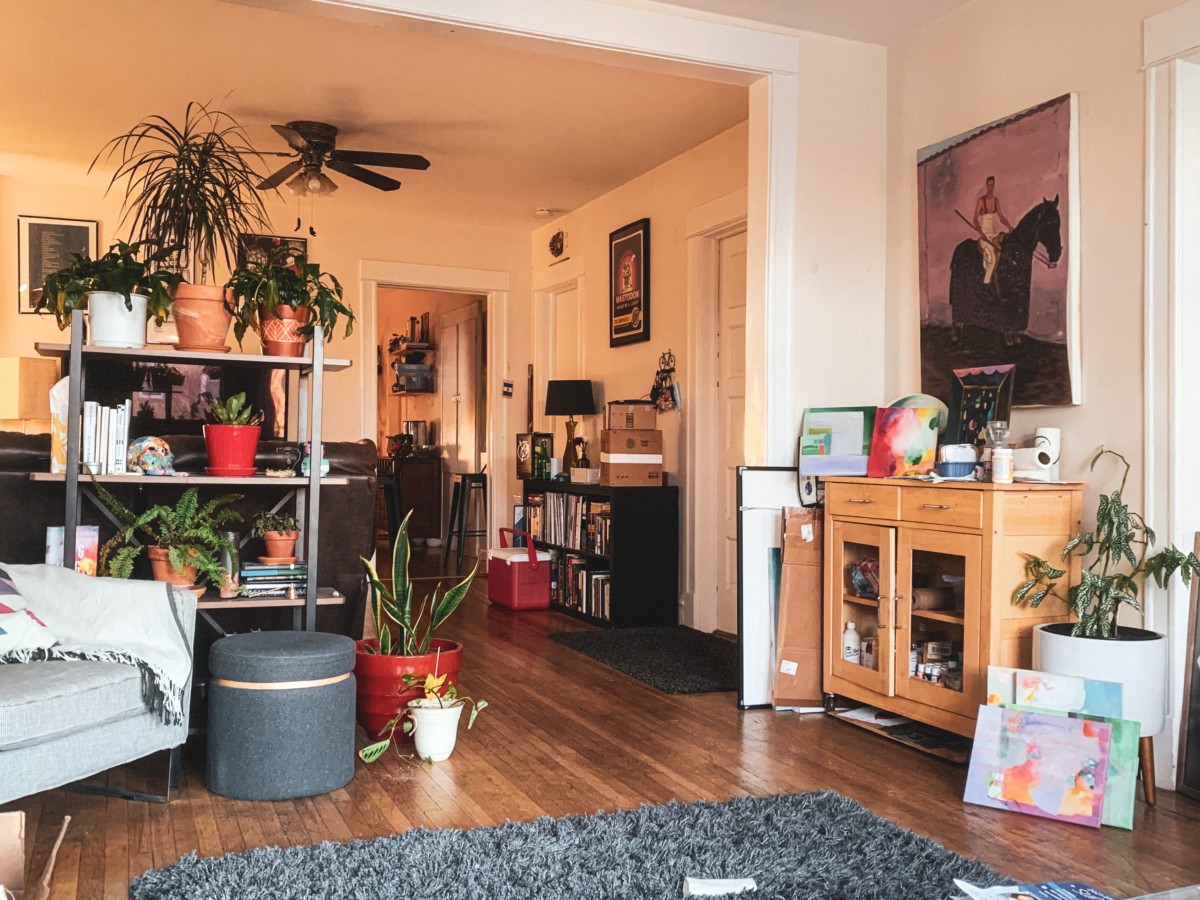
What is the layout of a suburban apartment?
Suburban apartments come in many styles, but their floor plans have been relatively consistent over the last few decades. “Suburban apartments typically offer more space than apartments in the city,” says Tyler Doucet from La-Z-Boy of Ottawa and Kingston, a premier Canadian furniture retailer. “However, this can sometimes be a downfall if you don’t have the budget to spend on many furniture items.”
The layout for most suburban apartments includes:
- A kitchen, typically galley style
- An eating area between the kitchen and living room
- A living room
- A full bathroom
- A coat closet and linen closet
- A laundry closet, if in-unit laundry is available
- One to three bedrooms
- An outdoor area (patio, balcony, balconette)
The important thing to remember is that most suburban homes were built after 1945. In the post-war period, living rooms and closets grew, and dining areas and bathtubs became smaller. Though post-war apartments have fewer charming architectural details, they don’t have sagging floors and other quirks common to older buildings.
Additionally, you’re more likely to find modern amenities in suburban apartments compared to older apartments in the city, such as air conditioning, dishwashers, and in-unit laundry. Details like modern electrical work, drywall, and efficient building materials mean no sideways outlets, no plaster, and lower utility bills. Simply put, suburban apartments are generally easy and comfortable to live in.
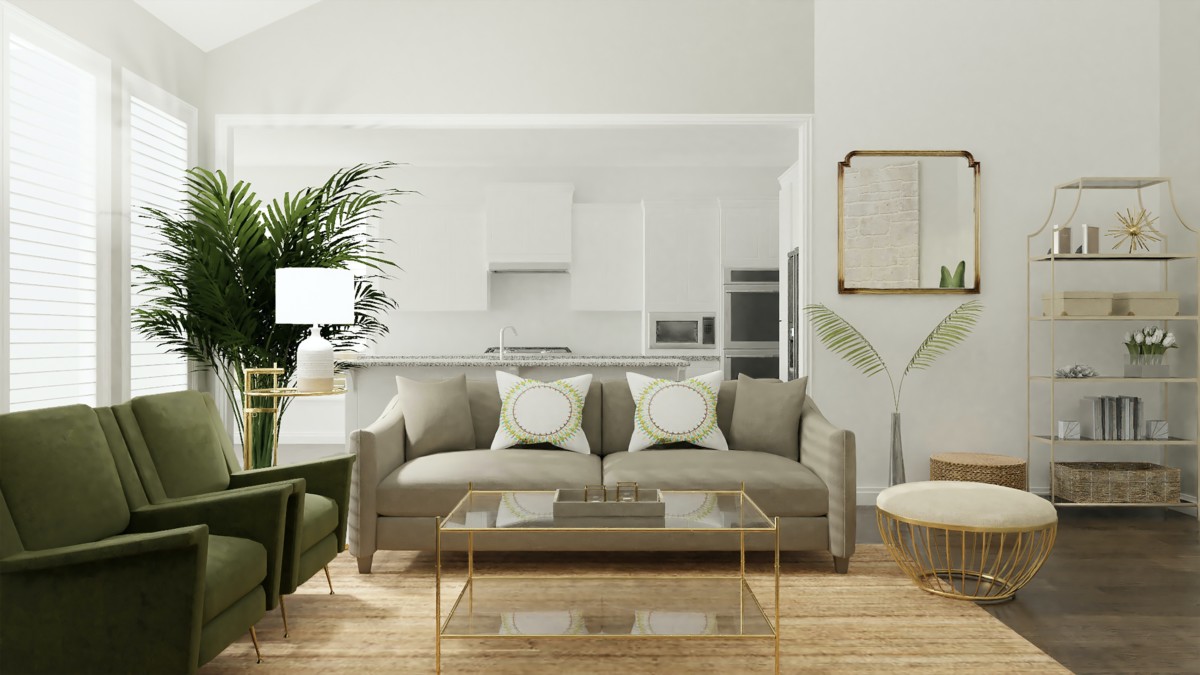
Experts reveal how to design your apartment to fit your taste
Because of their larger footprint, suburban apartments offer people a chance to express their unique styles. To help you design your home, we asked experts to give their unique design tips.
“While designing a suburban apartment, it’s crucial to incorporate comfort and functionality. Add in mirrors for both style and optical illusion (making a room feel larger,) incorporate as much natural light as possible using sheer curtains, and give your furniture some legs to optimize storage space.” – Sara Malek Barney from BAND/DESIGN
Pro tip: four steps to help make your suburban apartment shine
- Choose your patterns carefully to make small spaces feel larger.
- Pick a statement piece to focalize in the room and use mirrors to bring in light.
- Utilize area rugs to define spaces within the space.
- Make the most of every inch in your kitchen by taking advantage of vertical storage.
– Keegan Tomonaga from Earth and Images
“One of the biggest impacts you can make is switching out the light fixtures. When you move out, you can swap them right back out and take them to your next place.” – Heather DiSabella, Principal Designer at Heather DiSabella Interior Design
“You can make your home beautiful and unique to your style even while renting. Add color and texture with your furniture, art, and area rugs to define the space.” – Juanita Sierra from Blu Ink Interiors
“Urban apartments look nice with older construction such as brick walls and exposed concrete. Decorating them in a raw and industrial look gives them a minimalist design. Go a step further and incorporate beautiful art to make the space shine.” – Narciss Nesari from Home Wellness Interior Design
“Shop furniture consignment stores to find brand name furniture at a fraction of their original price. And when in doubt, go big. Large furniture can make a small space feel larger. Use art to define your space and mirrors to bounce light around. Invest in lighting to create the mood and purchase rugs to warm up a room and dampen sound. Mix in a few plants, and candles, then add throw pillows.” – Jennifer Williams from Stevans Fine Furniture
“Most apartments have a 3’-6” backsplash made of standard countertop material. Peel and stick tiles allow you to add a touch of elegance or color to your kitchen backsplash. Most are made of Vinyl or PVC, but some companies use actual glass and metal. They’re easy to use, too – you pick the pattern and then customize the colors to create a wallpaper to fit your style.” – Deisi Vazquez Interiors
“Decorate your apartment by capitalizing on your relaxing, zen-like surroundings. Use candles for amber-toned lighting and avoid white-based lighting; while light suppresses your body’s melatonin production.” – Kim from Kim Colwell Design
“Before moving to and designing a suburban apartment, look around your current space with a more critical eye to see what’s working and what’s not. Make a list of the items you need to keep and bring to your new home. Understand that your new apartment may need new furniture with different proportions. Your new furniture should be multifunctional and comfortable.” – Stella Ludwig, Owner of Stella Ludwig Interiors
Pro tip: your bedroom can be a retreat
Your bedroom can be a retreat from the bustle of everyday life. By investing in new bedding, lighting, and décor, you can create a space that feels like a haven. Use bigger furniture pieces to help make your bedroom feel more spacious. If you’re thinking of renovating your bedroom, consider updating your lighting and painting the walls. These can help your room feel like your own. – The team at PaintCoPro
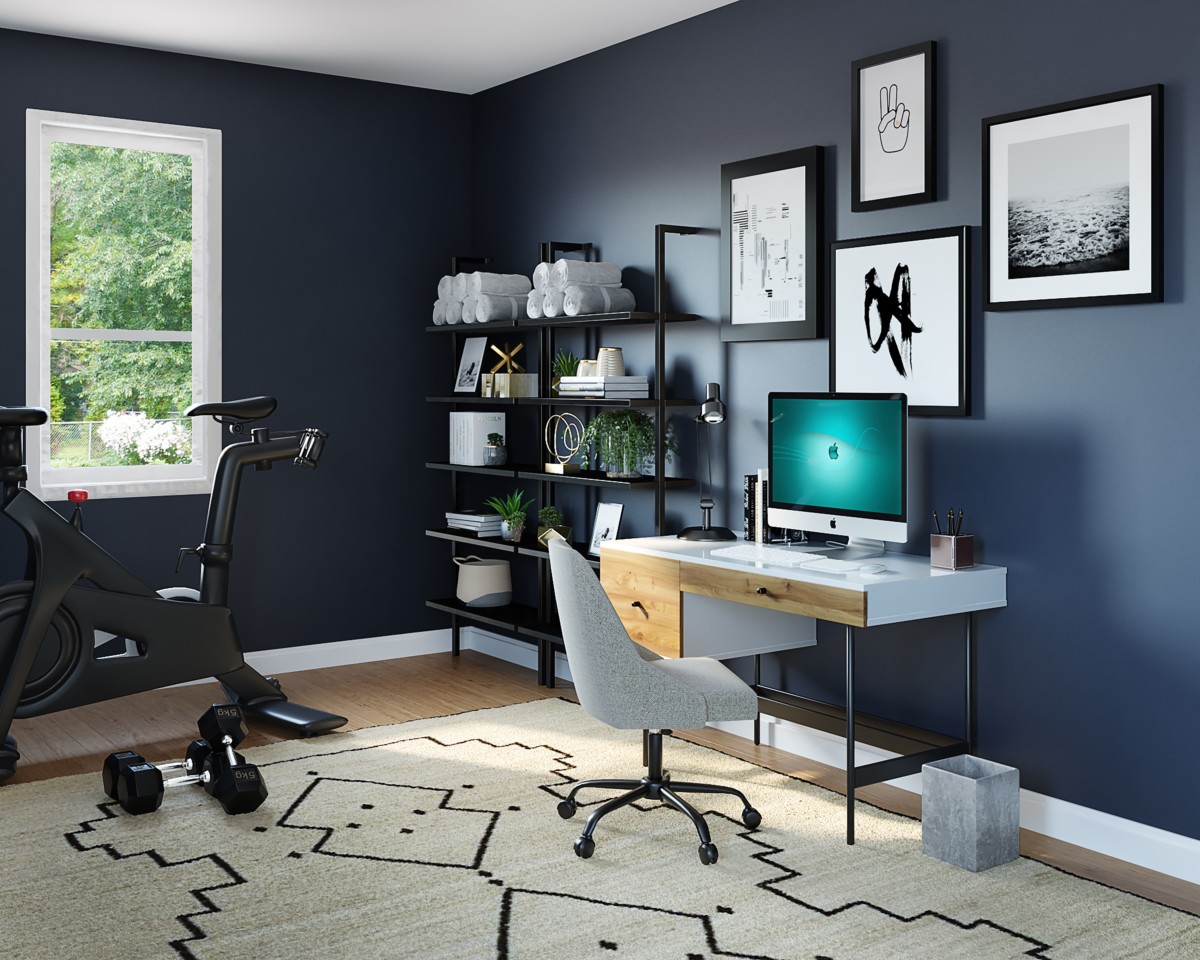
Are suburban apartments right for you?
A slower life in the suburbs may not be ideal for everyone, but there are many benefits. Ultimately, it’s up to you to decide if the lower rent and other advantages outweigh the drawbacks. Consider spending some time in the suburbs before deciding where to live. You may be surprised by how much variety you find and how much you like it.
Even if you learn that the ‘burbs aren’t for you, you might find other neighborhoods that offer you some suburban amenities without losing what you value most in an urban community.
How to find suburban apartments
A great place to start is by looking at a map of your metropolitan area to see your options. It may also be helpful to look at a map that includes public transit routes. Redfin provides you with many free tools to help you discover more about your options.
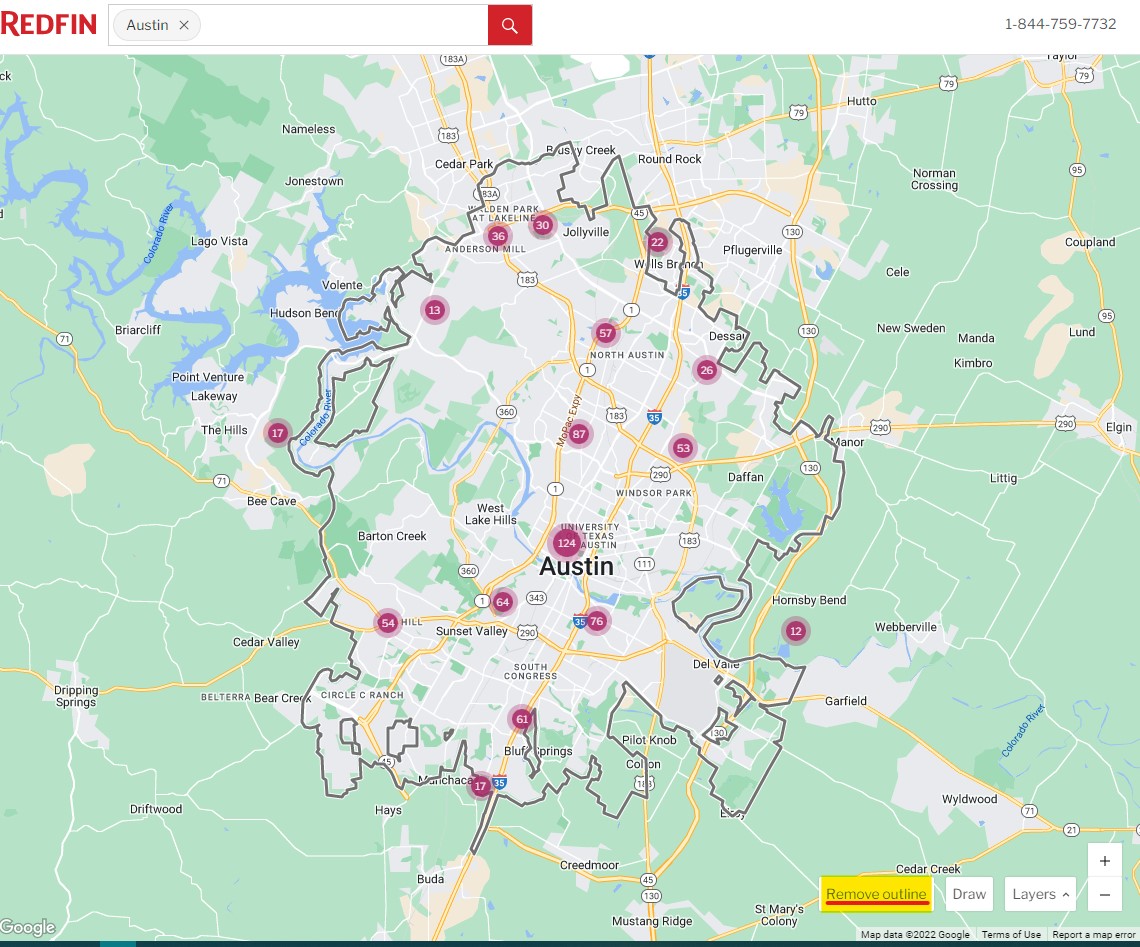
Using the rental search bar on Redfin, enter your metro area – for example, apartments in Austin, TX. When the map loads, click “Remove outline” and zoom out. Pink bubbles with numbers in the center will appear over areas around the city center. The number in the bubble corresponds to the number of rentals available in those areas. Use price, size, and other filters to narrow your results.
Use the commute feature on Redfin to see the estimated commuting time to your work or any other regular destination. You’ll see travel times, driving routes, and public transit information.
The post What Are Suburban Apartments? All About These Affordable Homes appeared first on Redfin | Real Estate Tips for Home Buying, Selling & More.
